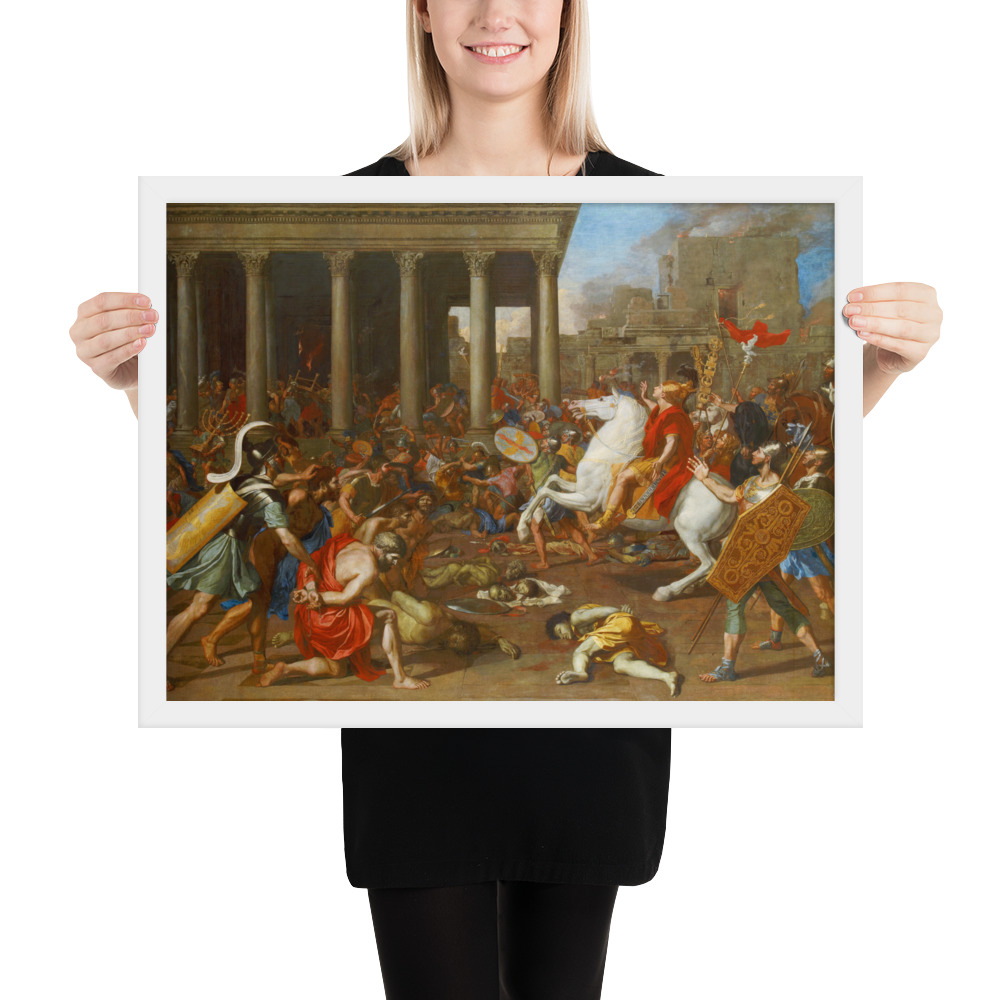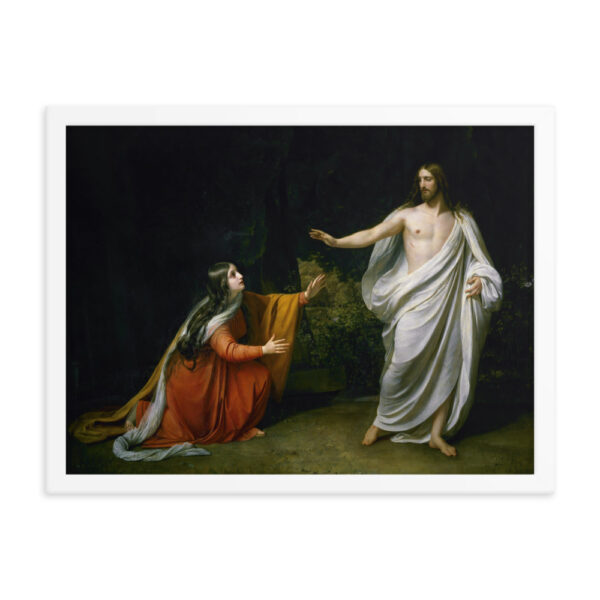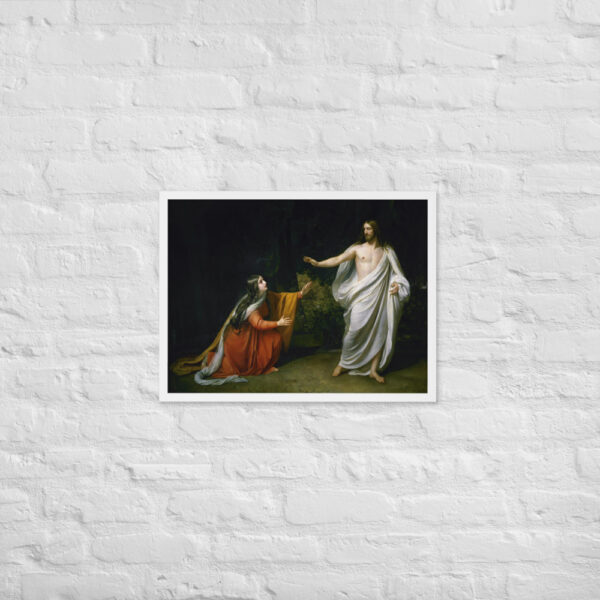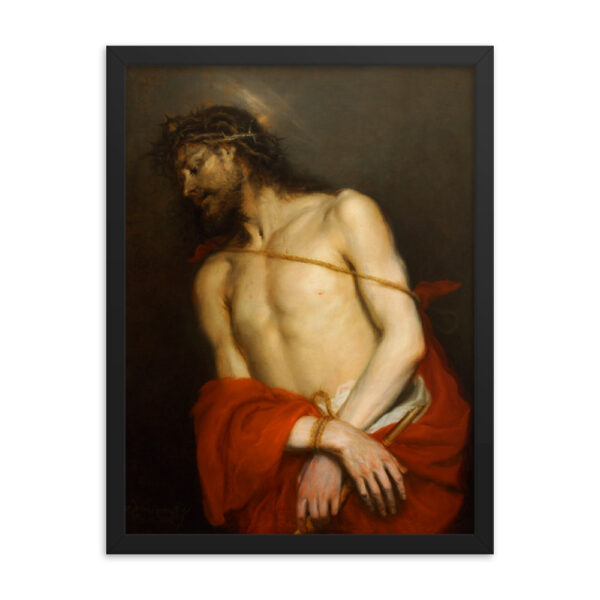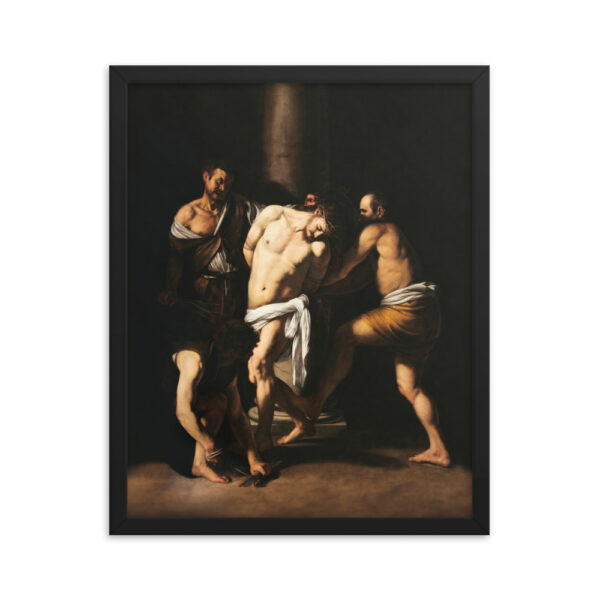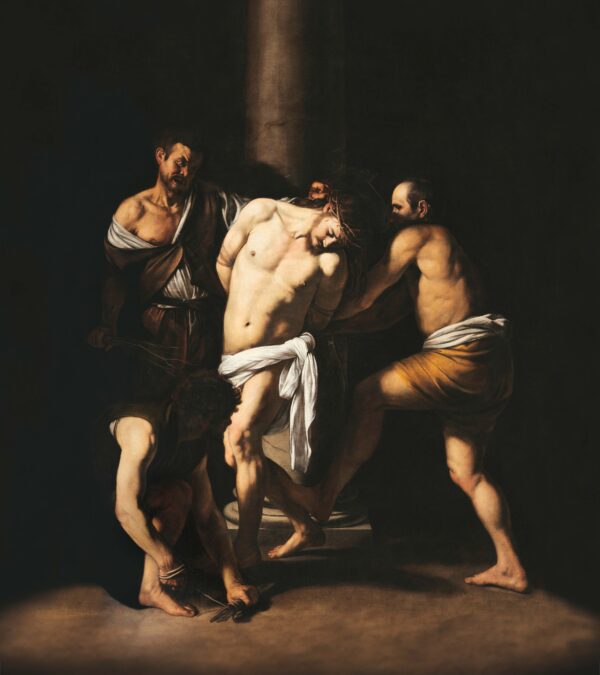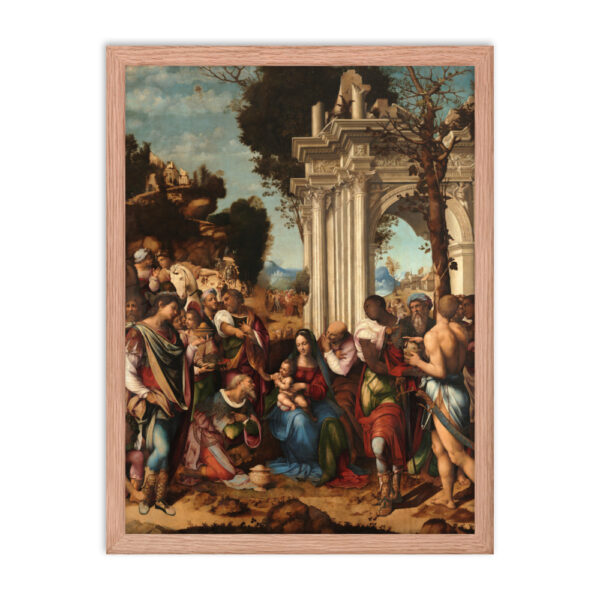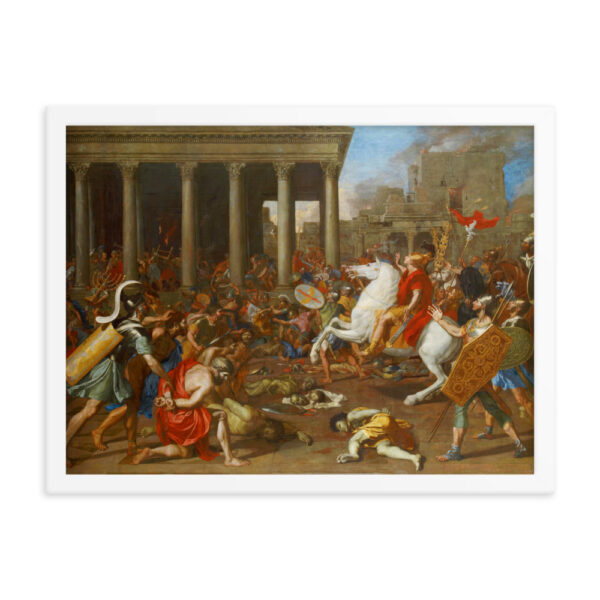The Conquest of Jerusalem by Emperor Titus
Price range: 39,00 € through 59,00 €
 Features
Features
Shipped with Hanging Hardware and Acrylite Front Protector
A light-absorbing finish
A very light, exotic wood
High Resolution printing on paper





The Conquest of Jerusalem by Emperor Titus: A Framed Masterpiece by Nicolas Poussin
Experience the grandeur and historical significance of “The Conquest of Jerusalem by Emperor Titus“, an exquisite framed reprint of Nicolas Poussin’s powerful depiction of a pivotal event in Jewish and Roman history. Available in various sizes, this masterpiece is perfect for enhancing any home or office space and serves as a meaningful gift. The painting comes protected with an acrylite front protector and includes hanging hardware for easy installation.
A Detailed Depiction of the Siege of Jerusalem
“The Conquest of Jerusalem by Emperor Titus” is a stunning portrayal of the Roman siege of Jerusalem in 70 AD, a decisive event during the First Jewish–Roman War. This painting captures the intensity and chaos of the battle, with Roman soldiers storming the city and clashing with Jewish defenders. The scene reflects the prophecy foretold by Jesus Christ in the Gospel of Luke, Chapter 19:41-44, where He wept over Jerusalem and predicted its destruction due to the people’s failure to recognize the time of God’s coming.
Poussin’s painting is meticulously detailed, with the tumultuous battlefield juxtaposed against the rigid structures of the city and temple. The precise arrangement of bodies and the imposing columns create a dramatic contrast, highlighting the sheer scale and devastation of the event. This artwork serves as a reminder of the consequences of rebellion and the fulfillment of biblical prophecy.
Nicolas Poussin: Master of Baroque Art
Nicolas Poussin (1594–1665) was a French Baroque painter renowned for his classical style and mastery of composition. Born in Normandy, Poussin spent most of his career in Rome, where he was influenced by the works of Raphael and the classical ideals of ancient art. His paintings are characterized by their clarity, order, and harmony, often depicting historical and biblical scenes with great emotional depth and intellectual rigor.
“The Conquest of Jerusalem by Emperor Titus,” painted around the mid-17th century, exemplifies Poussin’s approach to art. His focus on the organization of space, the balance of figures, and the interplay of light and shadow creates a sense of timelessness and gravity. Poussin’s ability to convey complex narratives through precise and harmonious compositions has cemented his place as one of the foremost artists of his time.
Reflecting on the Meaning of the Painting
This painting is not just a historical account of a military conquest but also a reflection on the themes of prophecy, judgment, and the consequences of defiance. Jesus’s prophecy about the destruction of Jerusalem serves as a central theme, emphasizing the spiritual and moral implications of the event. The painting invites viewers to reflect on the significance of recognizing and responding to divine guidance and the impact of historical events on the present and future.
The organized chaos depicted in the painting, with the well-structured columns standing amidst the destruction, symbolizes the tension between order and disorder, faith and rebellion. It serves as a powerful reminder of the importance of understanding and heeding spiritual warnings and the enduring relevance of historical lessons.
High-Quality Reprint on Fade-Resistant Canvas
Our reprint of “The Conquest of Jerusalem by Emperor Titus” is produced on high-quality, fade-resistant canvas, ensuring that the vibrant colors and intricate details of Poussin’s original masterpiece are preserved. The thick poly-cotton blend canvas provides a durable and luxurious texture, making this artwork a stunning addition to any collection. The fade-resistant printing process guarantees that the painting will retain its brilliance for years to come, offering a lasting tribute to this significant historical event.
The reprint is available in various sizes, allowing you to choose the perfect fit for your space. Each framed piece comes with a protective acrylite front and includes hanging hardware, making it easy to display and enjoy this timeless work of art. Whether for your home, office, or as a thoughtful gift, this painting is sure to inspire and captivate all who see it.
Ideal for Home, Office, and Gifting
“The Conquest of Jerusalem by Emperor Titus” is more than just a piece of art; it is a meaningful addition to any environment. Its rich historical context and powerful imagery make it an ideal focal point for a home, office, or study, where it can serve as a source of inspiration and reflection. This framed reprint also makes a thoughtful gift for anyone interested in history, art, or biblical themes, providing a beautiful and educational addition to their collection.
The painting’s dramatic portrayal of a significant historical event, combined with its exquisite craftsmanship, ensures that it will be a treasured piece for years to come. The inclusion of hanging hardware and a protective acrylite front makes it easy to install and maintain, allowing you to enjoy the beauty and significance of this masterpiece with ease.
Nicolas Poussin
Nicolas Poussin, a leading figure of 17th-century French Baroque art, is revered for his classical style and intellectual depth. Born in 1594, Poussin's work reflects a deep appreciation for the ideals of ancient Greece and Rome. His compositions are marked by their harmonious balance, meticulous attention to detail, and clarity of form. Poussin's mastery of perspective and narrative structure is evident in works such as "The Rape of the Sabine Women" and "The Triumph of Neptune." His paintings often explore themes of mythology, history, and philosophy, inviting viewers to contemplate the human condition and the mysteries of existence. Despite facing criticism during his lifetime, Poussin's legacy has only grown stronger over the centuries, influencing countless artists with his timeless aesthetic and intellectual rigor. Today, his works are treasured in museums and collections around the world, continuing to inspire admiration and scholarly study.
More Paintings

